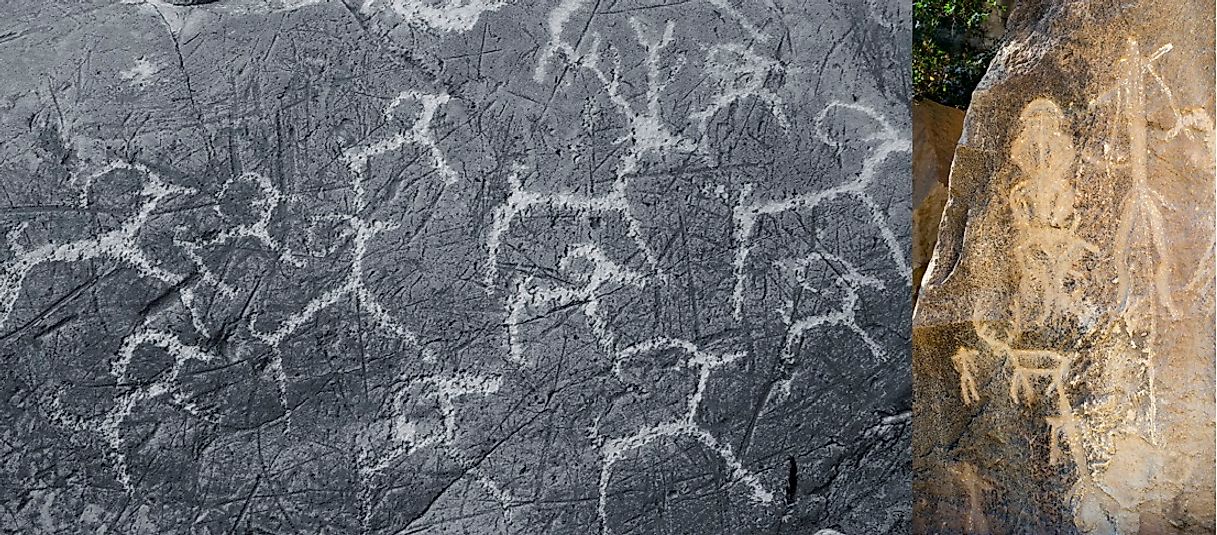What Was The Upper Paleolithic Revolution?

What Was the Upper Paleolithic Revolution?
The Upper Paleolithic Revolution occurred during the final era of the Late Stone Age between 10,000 and 50,000 years ago, just before the practice of agriculture became widespread. Research also indicates that this is the period in history when modern Homo sapiens sapiens (Cro-Magnons) began to replace the Neanderthal humans. This revolution is characterized by significant changes in human behavioral development that laid the foundation for modern human civilizations.
Human Migration
The modern human species began to mobilize, traveling over long distances during this time period. The earliest of these migrations was directed to present-day Australia, with humans arriving between 50,000 and 40,000 years ago. This indicates the beginning of seafaring practices. Around the same time, humans in Europe had also advanced to the latitudinal line of 61° north. This was followed by arrival to Japan approximately 30,000 years ago and to the Siberian region around 27,000 years ago. Researchers believe that before this era ended, humans crossed the Bering Land Bridge into North America and gradually migrated south.
Changes in Human Behavior
Human behavior drastically began to change during the Upper Paleolithic Revolution. Though people and cultures maintained a nomadic lifestyle based on hunting and gathering, some populations began to establish permanent human settlements. These settlements are some of the first known organized, permanent civilizations. Ancient humans designed these establishments to include sleeping quarters, kitchens, butchering areas, and underground storage in order to preserve food.
The Emergence of Art
Art and expression became an important part of society during this revolution. This need to communicate self-identity was expressed through the use of body decorations made of shells, animal teeth, ivory, and even ostrich eggshells. The first cave paintings, petroglyphs, and carvings also date back to this period. Archaeologists have also uncovered human and animal figurines, fashioned out of clay and stone carvings.
Changes in Technology
Stone tools evolved during this time as well, evolving from more basic to more specialized implements. Researchers have discovered many different tools and weapons from this era including knife blades, engraving instruments, arrow or spear points, and drilling or piercing pieces. Although commonly known as the Stone Age, not all of these artifacts were made of stone. Some discoveries have included bone, antler, and ivory pieces as well. During this time, humans also learned to apply heat to clay objects in order to harden them. Other technological advances were made to increase chances for survival as well. These advances resulted in fish hooks, rope, oil lamps, and eyed needles.
Some scholars argue that human species were motivated to adapt old technologies in response to the changing climate of the time. Lower temperatures may have reduced the number of trees, which would have forced humans to look for alternatives to wood.
Advancement of Communication
Perhaps some of the greatest contributions of the Upper Paleolithic Revolution were the establishment of long range trade routes and the creation of spoken languages. Both trade and language allowed for the exchange of goods and ideas that helped to advance human development. As humans were able to acquire new materials and communicate with humans from other cultures, they were able to reflect on their own societies and adopt new practices. It is the combination of these two contributions that allowed for cooperative communication. This cooperative communication made all of the aforementioned behavioral changes possible.











